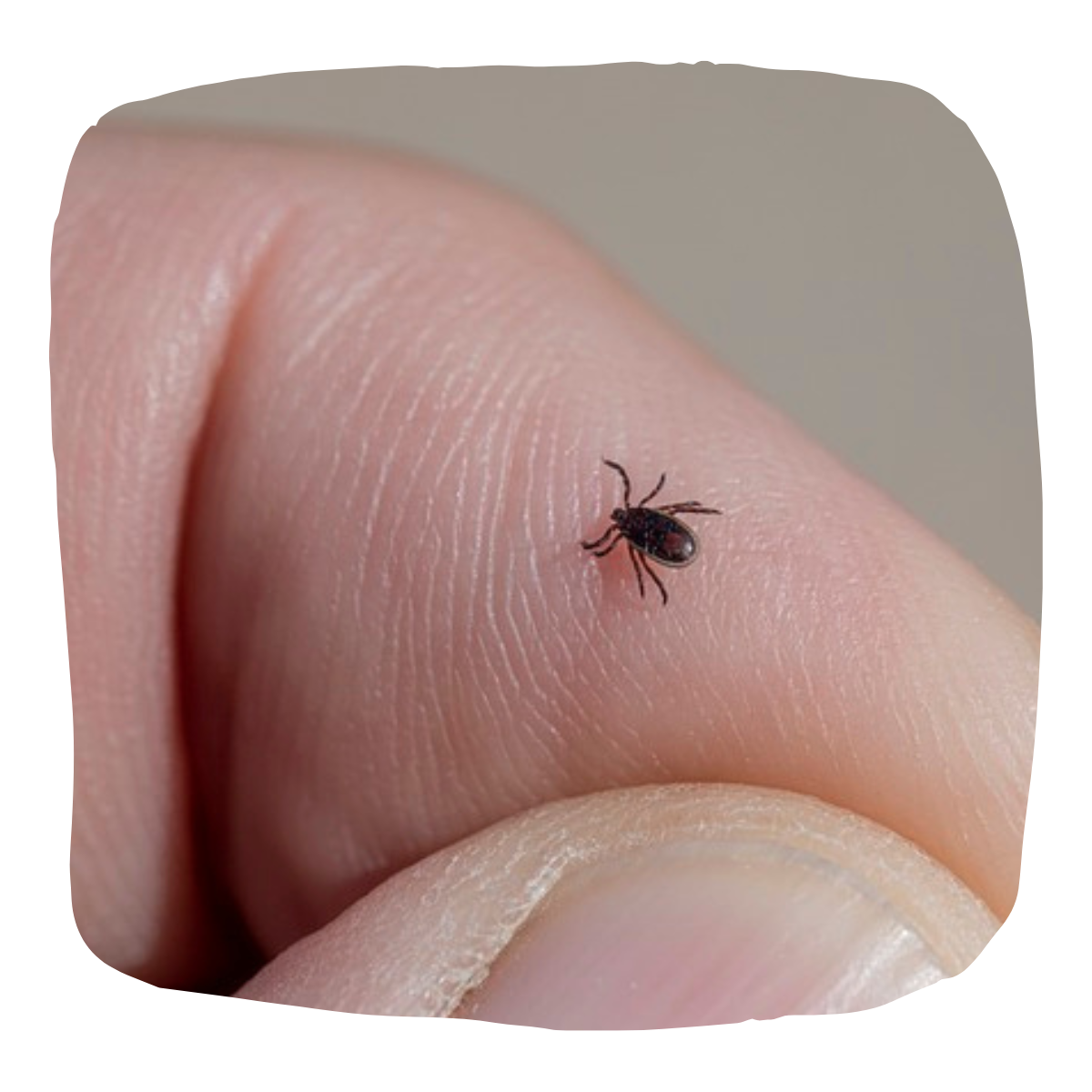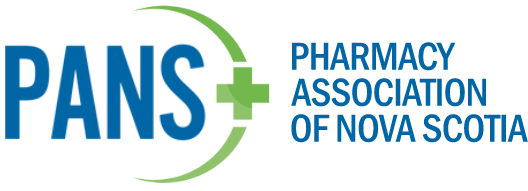 Lyme Disease Prevention
Lyme Disease Prevention
If you have been bitten by a tick, the pharmacist can assess the need for treatment to help prevent Lyme disease. Pharmacists can determine whether a preventive antibiotic is appropriate. The assessment will include determing:
- whether the tick bite was from a blacklegged tick
- whether the tick was removed in the previous 72 hours
- whether the tick was attached for at least 36 hours
The treatment is only recommended if it can be administered within a 72-hour window after the tick is removed. If there are any symptoms of Lyme disease, such as a rash or bull's eye rash at the bite site, then patients will be referred to their primary care provider for other treatment options.
A notification of any medications prescribed or test results will be sent to your physician or NP. If you do not have one following your care, records are available to patients and available on the pharmacy file for 10 years.
Assessment does not include tick-removal. If possible, remove the tick at home before appointment and bring it with you (in a ziplock bag).
Early Localized Lyme Disease Treatment
Pharmacist can now assess early Lyme disease that is characterized by a skin rash >5cm in diameter. This rash may or may not have a bulls eye appearance and most commonly present 3-33 days after a tick bite. Pharmacist will ask about signs and symptoms and assess the rash to determine if an antibiotic is indicated or not.
Patients should see a primary provider for rashes due to bites from outside of Canada, or if the patient has multiple skin lesions. If the patient has facial nerve activity, headache with neck pain/stiffness, chest pain/fainting/palpitations, joint pain in a large joint/joint swelling, eye involvement (conjunctivitis, redness, light sensitivity) then they should medical attention.
